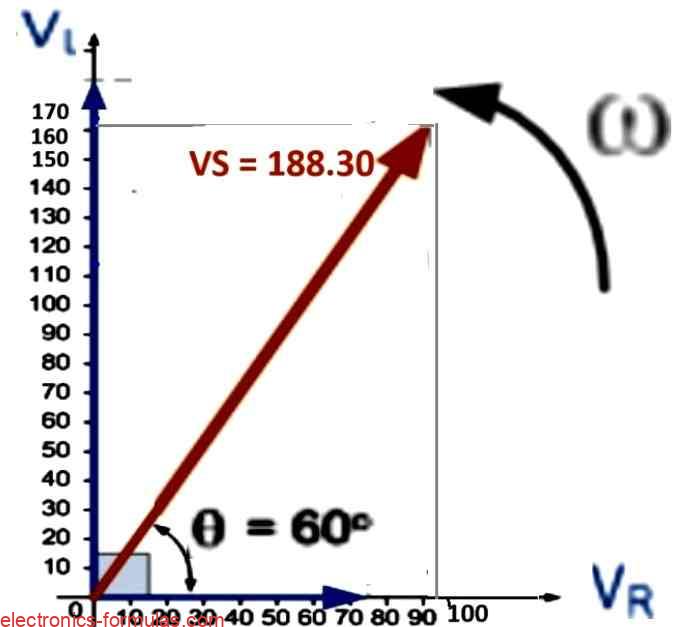Just think about turning on a light switch and the entire room is filled with light. That is how electrical energy can work its magic. It is that which provides the impetus for many activities in our everyday existence. But what exactly is it? Electrical energy is not only the ability to light up a […]
Power
Understanding Maximum Power Transfer with Calculations
A circuit achieves maximum power transfer when the resistance of the load (the device receiving power) is precisely equal to the internal resistance of the voltage source. This internal resistance is often fixed and expressed in Ohms and is referred to as impedance if the circuit contains components such as coils (inductors) or capacitors. The […]
Calculating Ohm’s Law and Power in Circuits
The way in which voltage (V), current (I), and resistance (R) interact in any DC circuit was first explained by German physicist Georg Ohm. In the field of electricity, German physicist Georg Ohm discovered a key principle, he found that at a consistent temperature, the flow of electric current through a fixed, unchanging resistance is […]
How to Calculate Power Factor Correction
Power Factor Correction (PFC) is a technique, which addresses this current-voltage mismatch in AC circuits. It uses capacitors which have an opposite reactive effect to inductors (common in motors and transformers), to bring the current and voltage back into alignment. This improves the overall efficiency of the circuit, by reducing the reactive power component and […]
Calculating Power Triangle and Power Factor
In AC circuits, the relationship between different types of power (real and reactive and apparent) can be depicted by a right triangle known as the power triangle. Power Triangles in AC Circuits with Impedance Our previous lesson covered real and reactive power in AC circuits containing resistance and either capacitance or inductance (or both). To […]
Calculating Power in AC Circuits
Resistors in AC circuits are the only components that truly consume power (as heat), unlike reactances (capacitors and inductors) which just store and release it. Resistors convert electrical energy into heat (they dissipate energy), but inductors and capacitors store and release energy throughout the AC cycle, meaning they don’t actually consume power overall. In contrast […]





